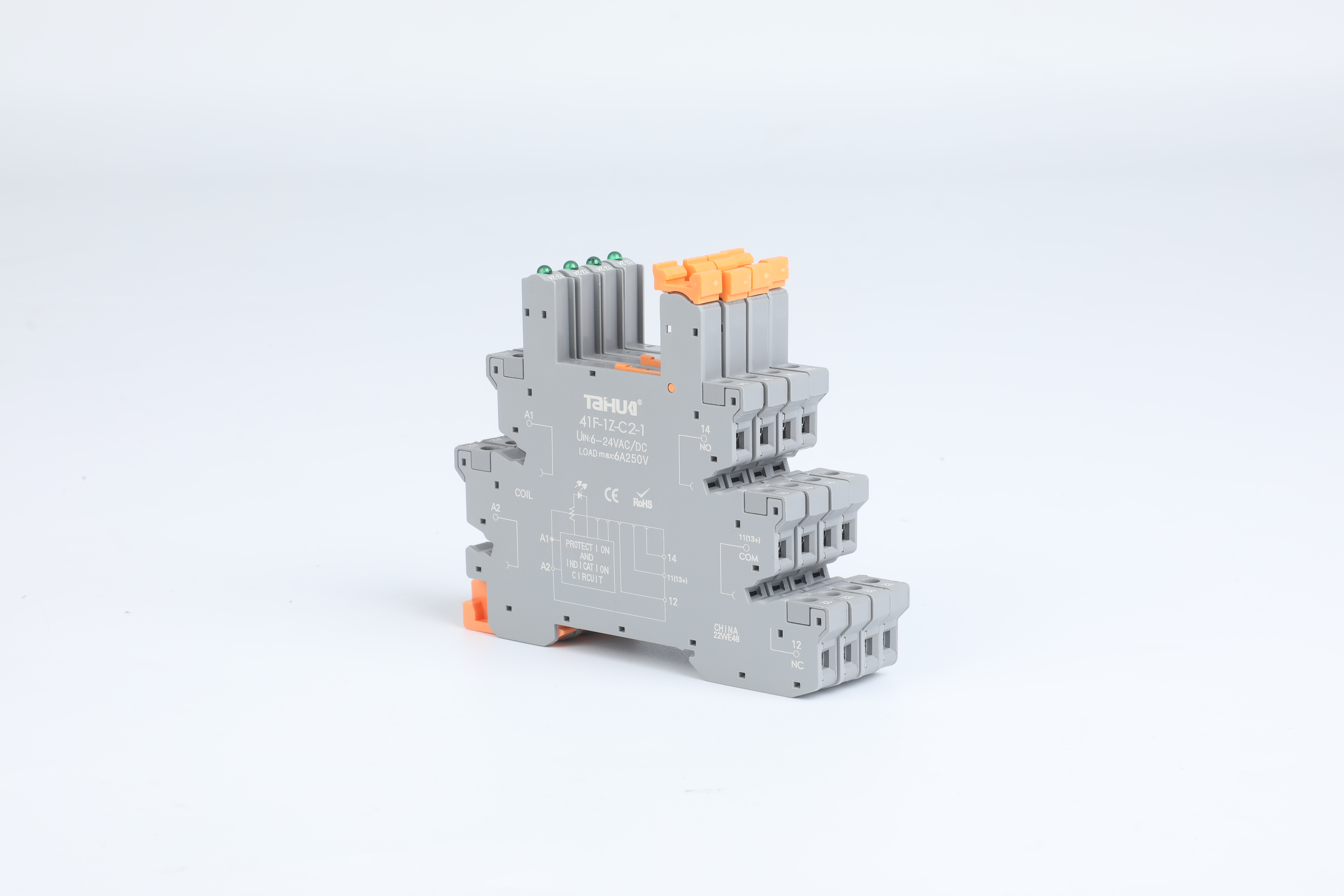A relay is an electrical control device that causes a controlled quantity to undergo a predetermined step change in an electrical output circuit when the variation of the input quantity (excitation quantity) meets the specified requirements. It has an interactive relationship between the control system (also known as the input circuit) and the controlled system (also known as the output circuit). It is commonly used in automated control circuits and is essentially an “automatic switch” that controls the operation of large currents with small currents. Therefore, it plays a role in automatic adjustment, safety protection, and circuit conversion in electrical circuits.According to data, the domestic relay market in recent years has experienced only a slight decline in 2019 and rebounded in 2020, reaching 22.949 billion yuan, a 7.0% increase compared to 2019.With the continuous development of new energy vehicles, the demand for high-voltage DC relays is expected to increase significantly, driving rapid overall growth in the relay market. China, as a major global production base for relays, currently accounts for approximately 54% of the global market, and this share continues to rise. Coupled with the early end of the domestic epidemic and the faster economic recovery compared to foreign markets, the market share is expected to continue to increase.Relays are different from traditional electromechanical relays, but they are also different from other switch solutions that utilize optocouplers and semiconductors. This application note describes the structure of opto-relays, which is different from other types of switch devices. The application market for opto-relays is extensive, and to exploit the market by “differentiated” production, it is necessary to segment the market and find the right positioning.Opto-relays are a new type of thermal switch that utilizes thermomagnetic materials to detect and control temperature. It consists of a temperature-sensing magnetic ring, a constant magnetic ring, a reed tube, a thermal installation plate, a plastic substrate, and some other accessories. Thermal reed relays do not require coil excitation, but are driven by the magnetic force generated by the constant magnetic ring. Whether the constant magnetic ring can provide magnetic force to the reed tube is determined by the temperature control characteristics of the temperature-sensing magnetic ring.In recent years, the domestic relay industry has been rapidly developing, with a wide range of large, medium, and small enterprises. Several leading advanced enterprises have emerged among them, as well as their advanced scientific and technological innovations and new relay products.The pace of China’s relay industry transitioning from a “manufacturing power” to a “creative power” will gradually accelerate, and the shift from export-driven to a balance between domestic demand and export will become more prominent. Particularly after the breakthrough in high-end products, the trend driven by domestic demand will become more apparent. With the improvement of the overall economic environment, the growth rate of the relay industry will increase.For more details and analysis of the relay industry, you can click to view the Zhongyan Puhua research report “Deep Research on the Relay Industry and Future Development Trends Prediction Report 2022-2027″.
Post time: Oct-09-2023

